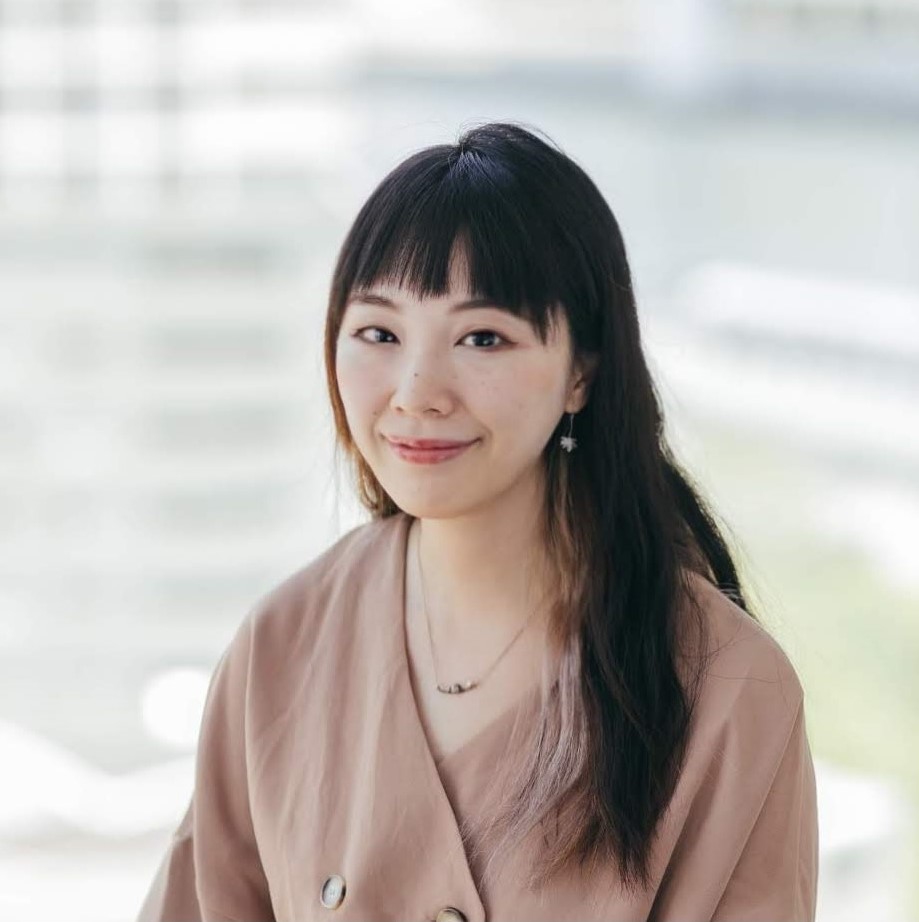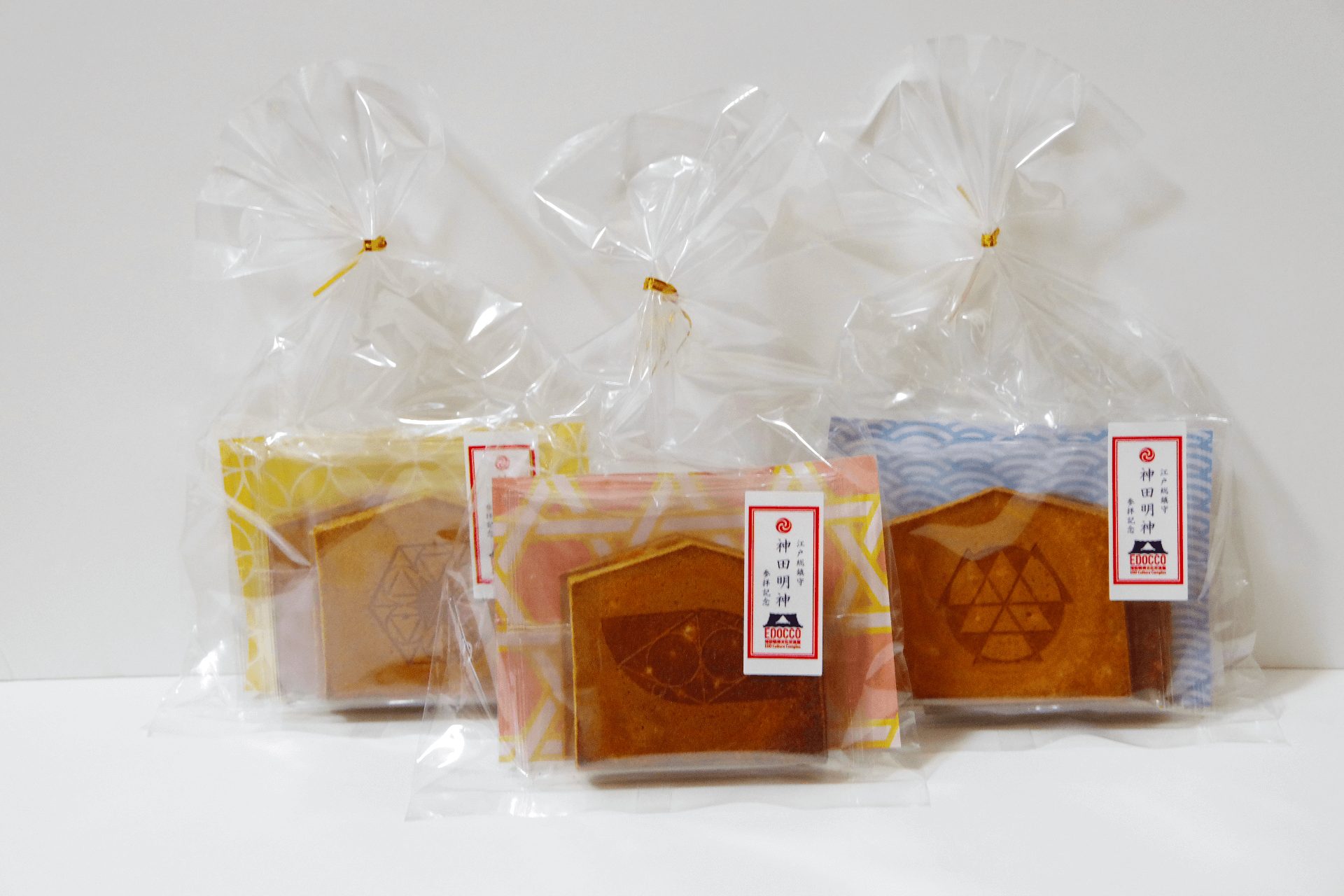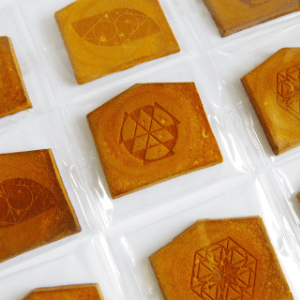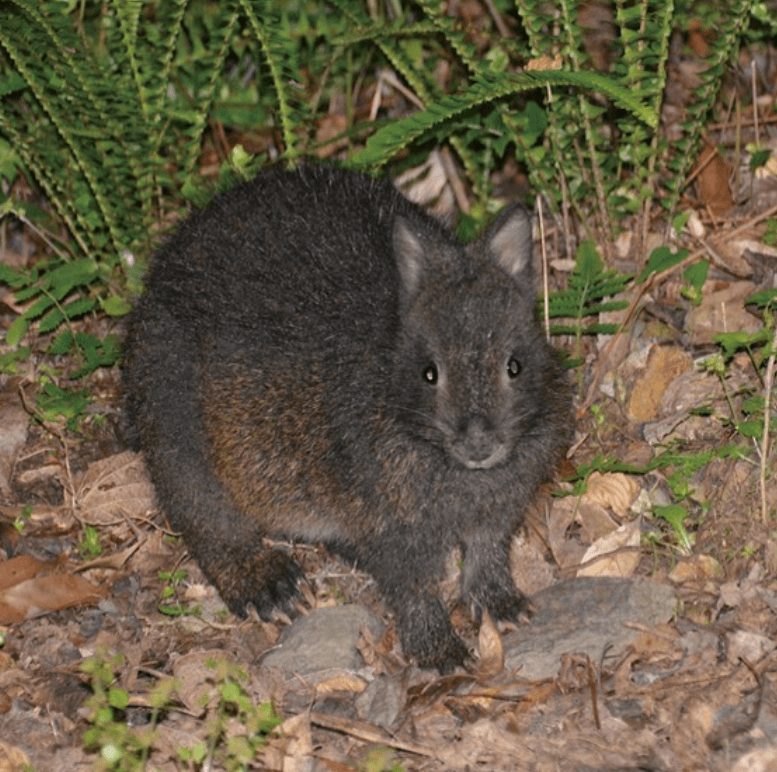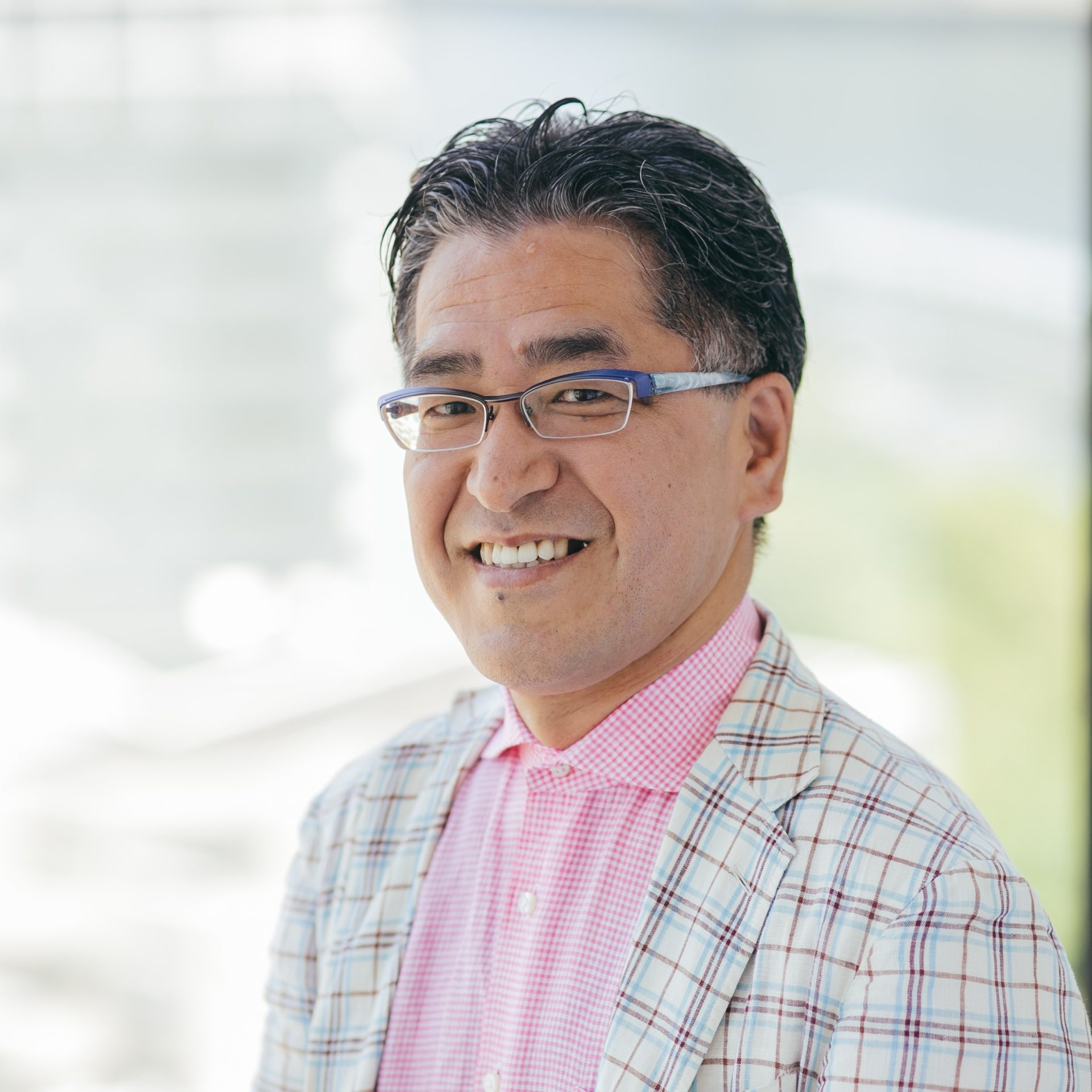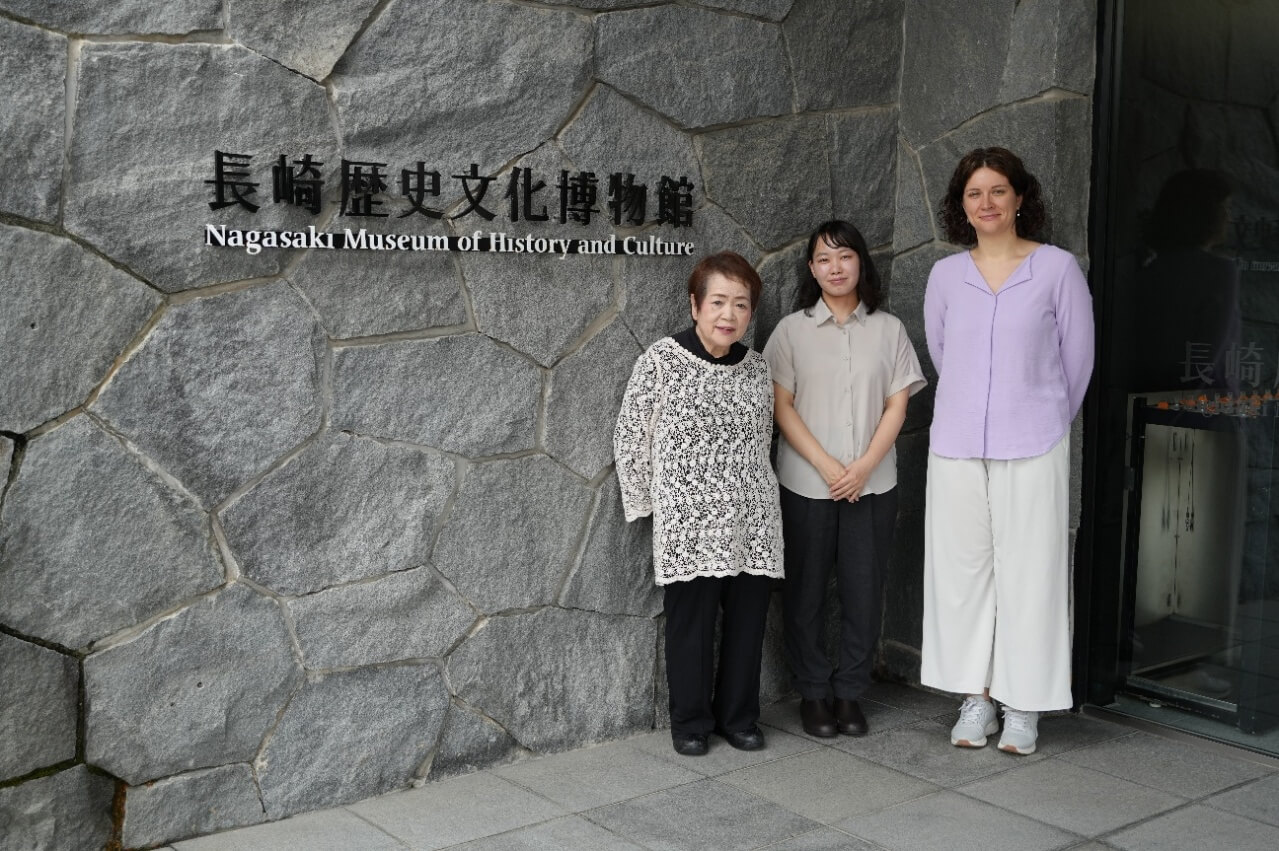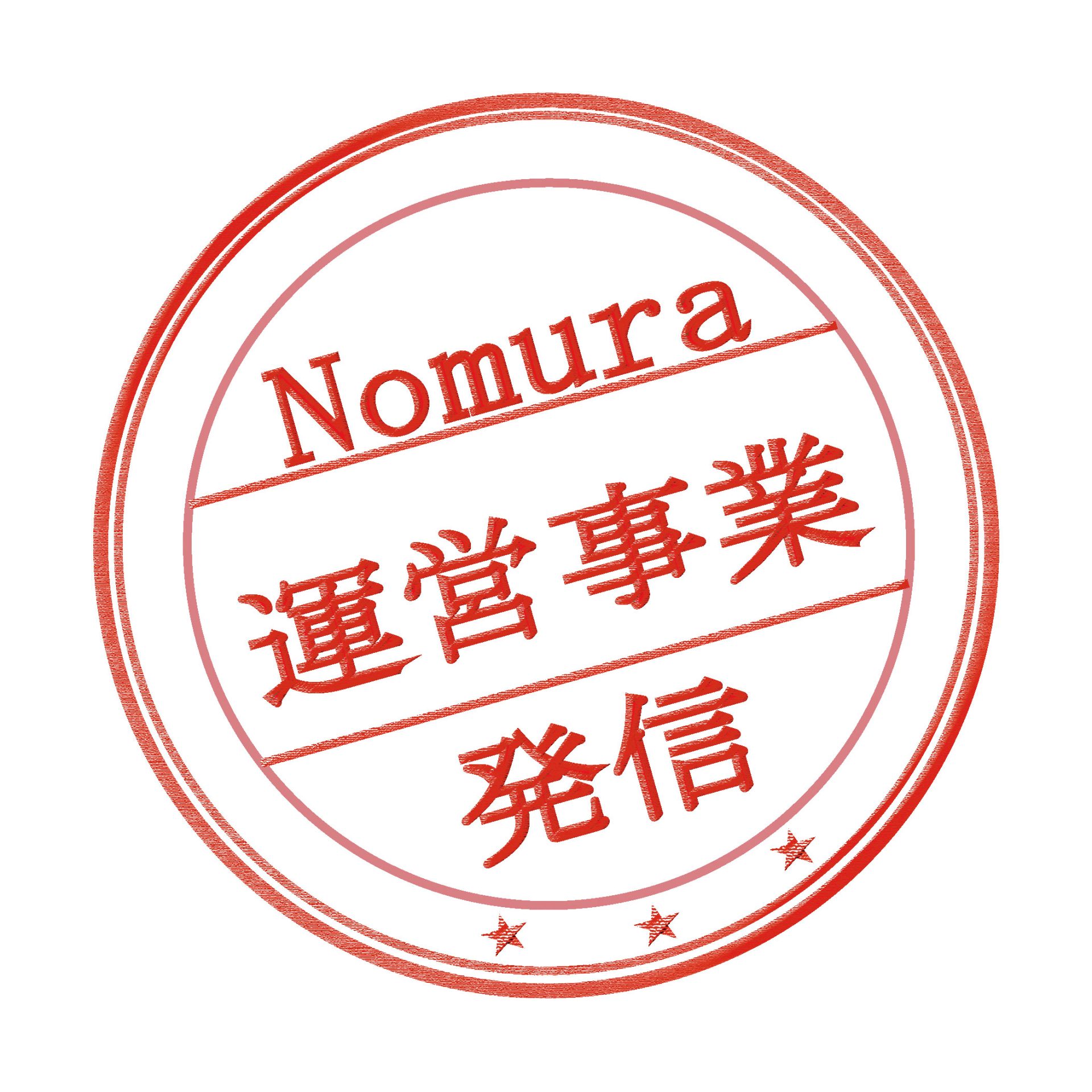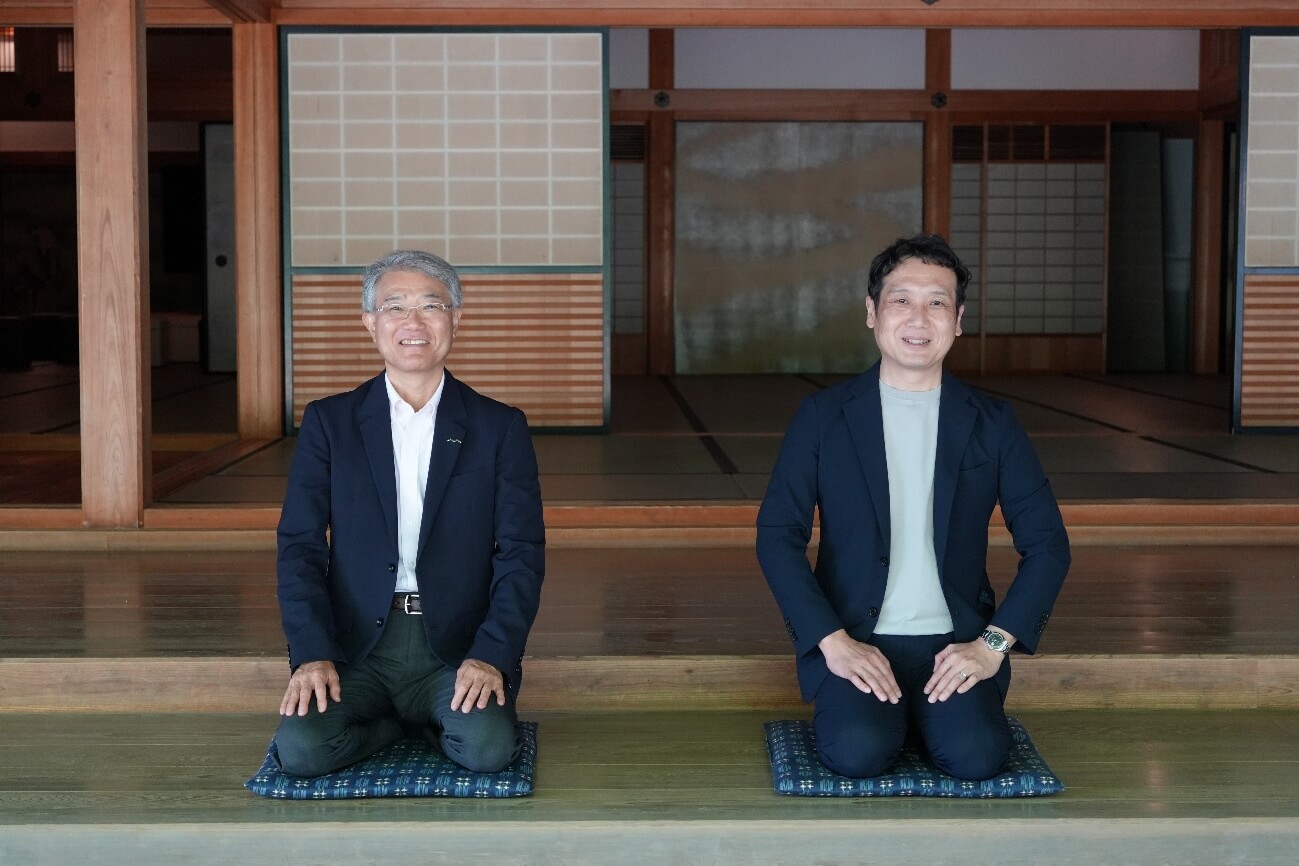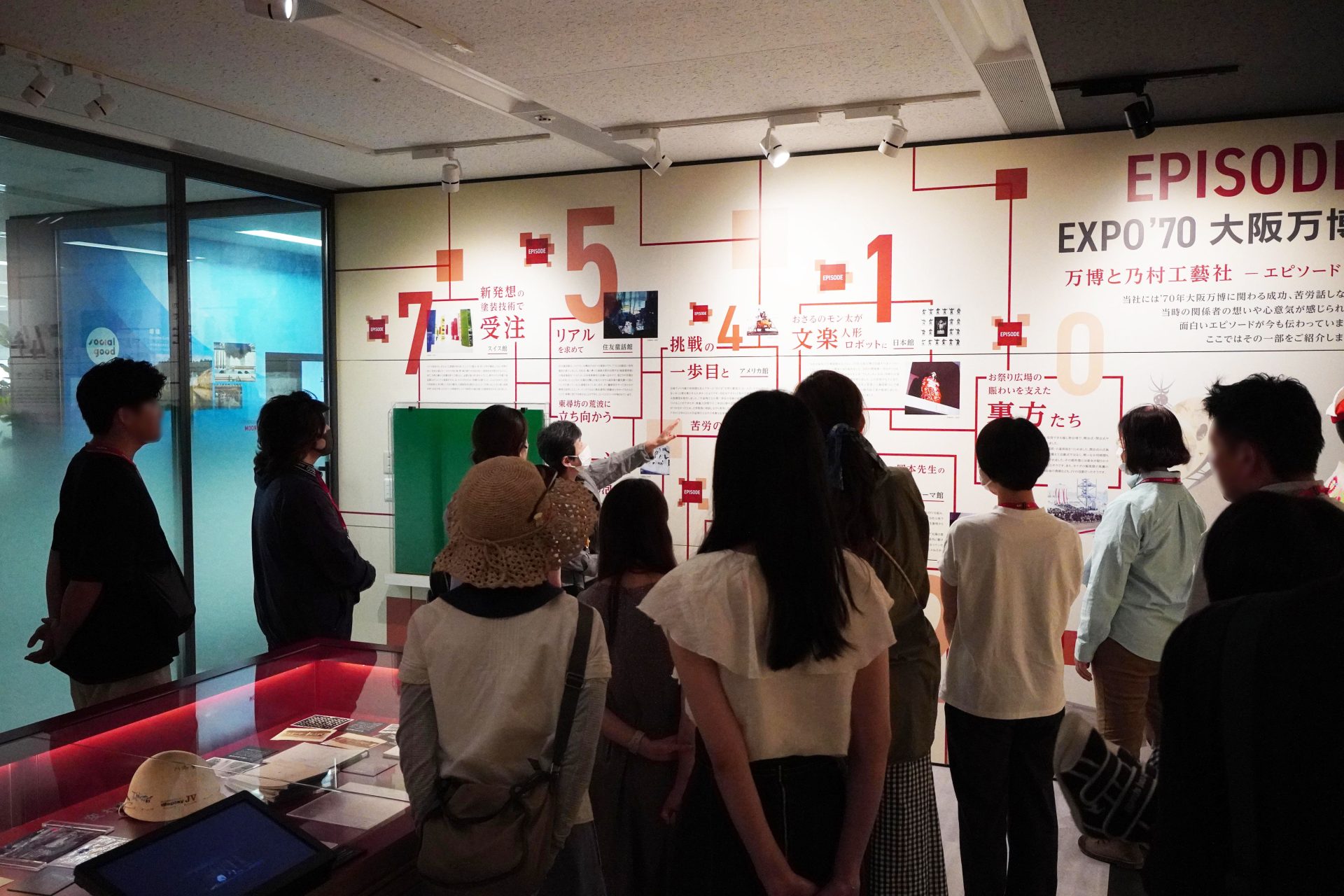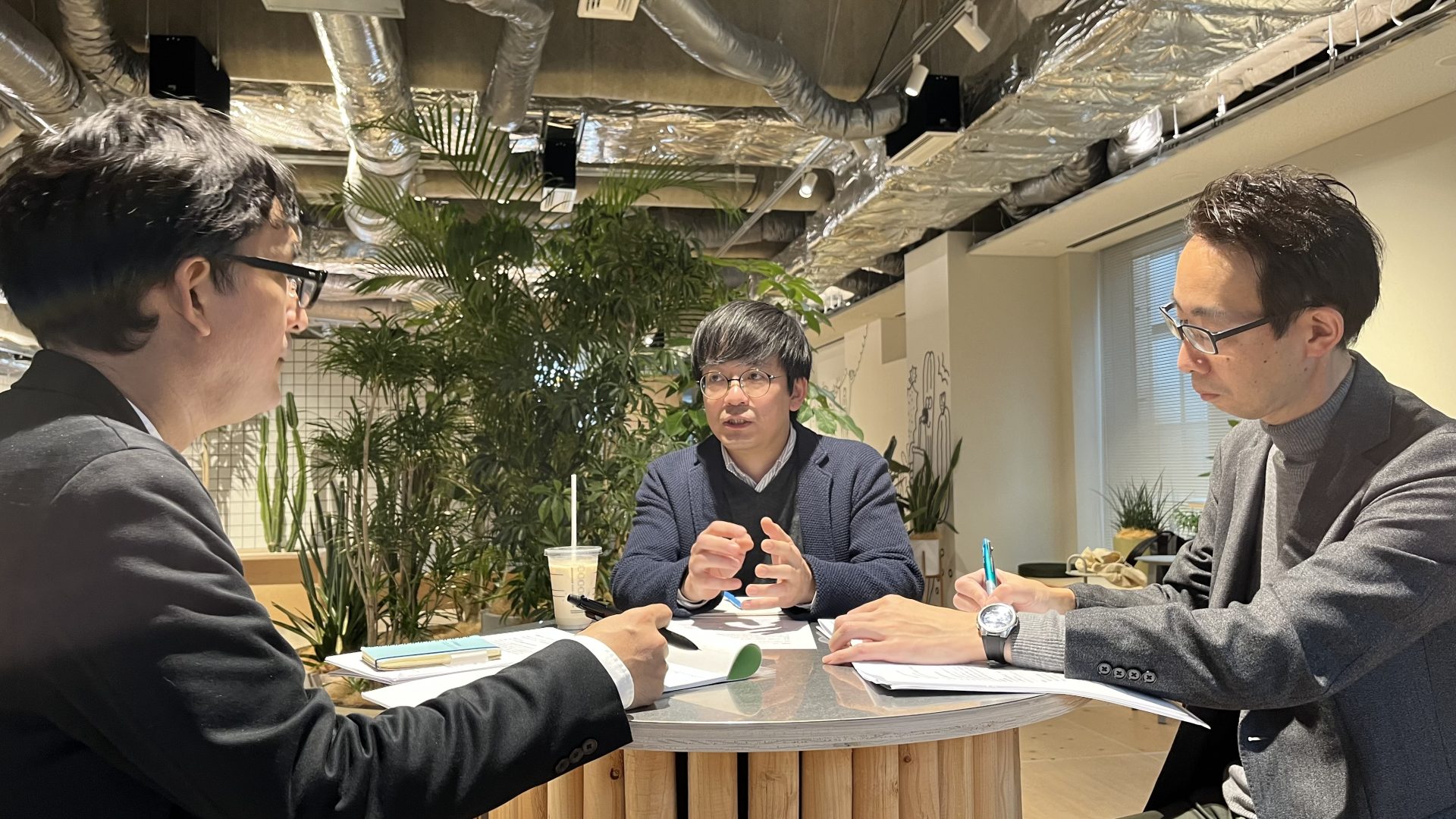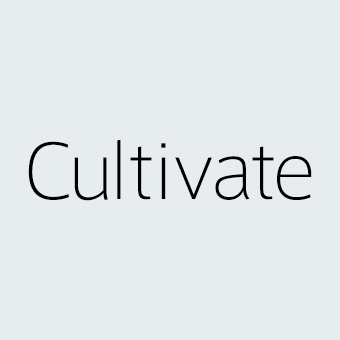Amami Rabbit Museum Quru Guru
A museum is being built! We hope it will help revitalize the local economy! Epilogue
2025/04/22
- text and edit by
- Yuki Shimokuni
Not only did they create the space and exhibits, but they also created original museum goods...
We would like to introduce you to the wide range of work that NOMURA Co., Ltd. 's planners are involved in.
A research and breeding facility for the Amami rabbit, a special natural monument, is scheduled to open in spring 2025.
"Amami Rabbit Museum Quru Guru."
In the first article, which reported on the development of museum goods that also served to build momentum, we developed a variety of unique Amami rabbit-themed goods together with the people of Yamato Village and other people who love the rabbit.
※ Click here for the previous event.
The Amami rabbit goods project was started with the aim of creating a virtuous cycle that would stimulate the local economy in conjunction with the opening of the museum, and has three aims.
1. Let's raise awareness of the establishment of the new Amami rabbit breeding and research facility (Quru Guru).
2. Increase opportunities for the people of Yamato Village and Amami Oshima to become familiar with the Amami rabbit.
3. Let's make this merchandise production the first step towards a sustainable and expanding business as a local initiative.
Many of the goods for sale are made by local people, so when they sell, the community is happy.
Because we are happy, we want to make better products and have more people buy them.
The local economy will be revitalized, people will be able to earn a sustainable income, and local assets will increase.
We will report on the process of creating and developing the museum goods together with the local community, as well as the pre-sale event.
[Reporter]
Yuki Shimokuni
Creative Headquarters, Planning and Production Center, Planning Department 2, Room 4
Tell me a story!
- Merchandise planning consultation session at the Amami Rabbit Museum Quru Guru
First, we gathered eight business operators, including those who have already manufactured and sold products in Yamato Village or Amami Oshima, and those who had no experience in manufacturing or selling but were interested in starting a new business.
We will talk to each business individually about the details of their business, whether they have any product planning proposals for merchandise development, and whether they can schedule product manufacturing with the pre-sale event in mind. At the same time, we will consider preparations for the timing, duration, location, and management methods of the pre-sale event.
Product consultation session for business owners (example)
● Business A
Goal: Improve product quality/increase income by introducing new products
New products: Tankan peel, mango and passion fruit jam
Existing products: Passion fruit butter, Tankan salt, Choju miso (a local dish eaten with tea)
Consultation content: Confirmation of taste, price, and packaging, confirmation of support required for new products
● Business operator B
Goal: I'm a photographer and I want to turn my photos into merchandise. I want to create products using a laser engraving machine.
New products: Amami creature postcards, laser cut woodwork (cork coasters and key chains)
Consultation content: Photo confirmation, laser processing prototype
● Business C
Goals: To expand sales channels for existing products / To promote the culture of Yamato Village, which is linked to the Amami rabbit
Existing product: Cookies
Consultation content: Confirmation of taste, price, and packaging, confirmation of support required for new products
This was the first time that we, the staff of NOMURA Co., Ltd. Co., Ltd., met for a product consultation, and we were both a little nervous, but we had a very lively discussion with everyone who had attractive ideas and products, asking questions such as, "How can we make a product that emphasizes the "black" part of the Amami rabbit?", "How should we set the target audience for our product?", and "What kind of packaging should we create for that target audience?"
Developing goods and running events like this one is actually a genre I'm quite fond of, and I have plenty of experience in it.
In addition to my previous experience in product development and sales at retail stores, I have also been involved in product development as part of regional branding and in energy-building events, so I was extremely excited to be able to help with the development of goods for the permanent museum.
Would you like to join us in making Amami rabbit merchandise?
- Amami rabbit candles found in Naze, Amami Oshima
After the two-day consultation, which was held in a rented conference room at Yamato Village Hall, we headed to Naze, the largest downtown area on Amami Oshima, and while we were walking around wondering if there were any hints or interesting products on sale, we came across a small candle shop in a small alley.
Looking around the store, in the corner, I noticed a black rabbit-shaped candle with a round, black body that fit in the palm of your hand and red eyes like those of a nandina!!
When I asked the store owner, he told me that this was a new product for which the mold had just been made, and that he was struggling with adjusting the color of the black and the expression of the eyes.
It occurred to me that I would love for them to join us in developing the museum goods, so I reached out to them.
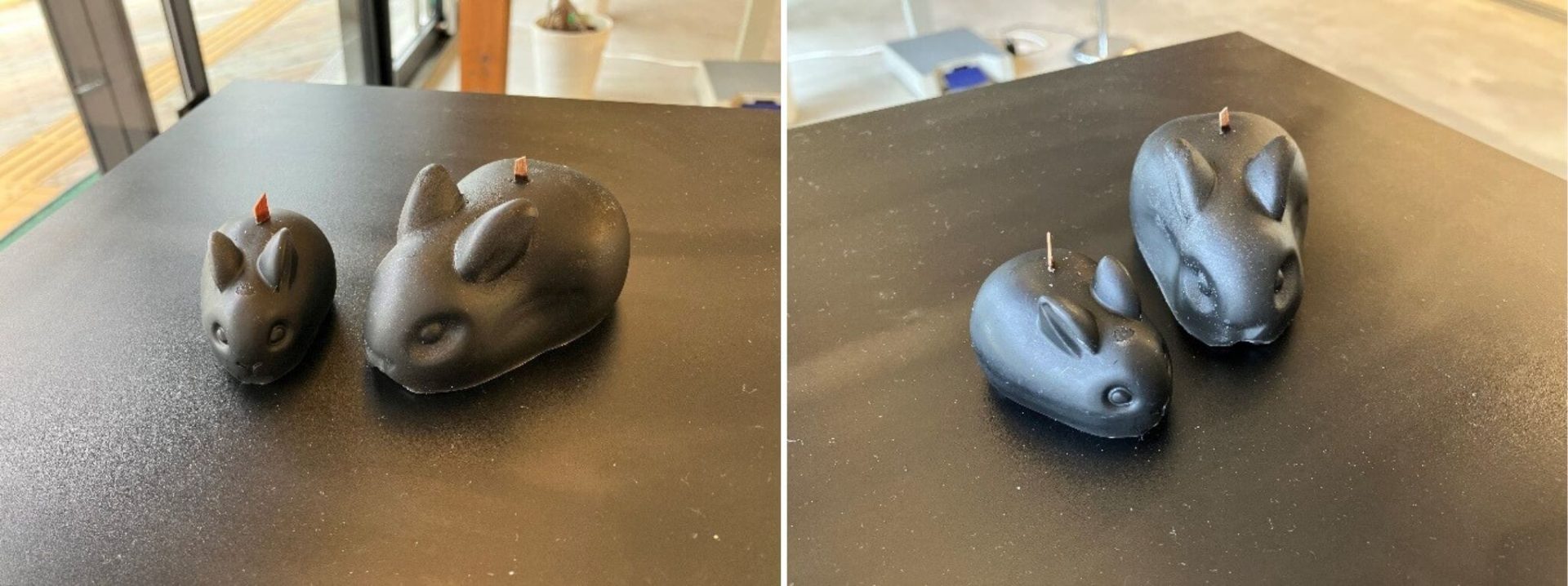 Amami rabbit candle made by Asa from Amami. Comes with sweet osmanthus scent.
Amami rabbit candle made by Asa from Amami. Comes with sweet osmanthus scent.
We also went to a market event held in Tokyo featuring handmade creators.
While we wanted to focus on products from businesses on the island, when we looked at the list of potential products, most of them were food. It makes sense that there would be a lot of food products, as they are easy for new entrants to enter the market, can be manufactured on a small scale with a small number of people, are easy to manage inventory, and are easy to develop even if they are handmade.
On the other hand, in order to make museum goods into eye-catching products that will drive the facility forward, aren't there also products other than food needed?
What kind of museum goods are there that allow people to take home memories and learnings from the museum, not just things that disappear after eating? Wouldn't it be good to have products that can be used to promote the island outside the island, by inviting outside creators as well as local businesses? I had been thinking about this, so I also investigated whether I could get some hints from this handmade market.
Among the hundreds of creators' works on display, the first thing that caught my eye was Oshima Tsumugi weaver TSURU, who uses Oshima Tsumugi, a traditional craft from Amami Oshima, in his accessories.
Oshima Tsumugi is a representative high-quality tsumugi along with Yuki Tsumugi, and is characterized by its glossy and supple texture.
The reasons why Oshima Tsumugi is so luxurious include its rarity, which requires delicate hand-weaving techniques and many traditional processes such as "mud dyeing" and "tightening," and the fact that the weavers need to pursue precision in the kasuri patterns and have a high aesthetic sense, which means that there are fewer people to carry on the techniques.
Because the bolts of Oshima Tsumugi are quite luxurious, TSURU felt that even a single scrap of Oshima Tsumugi would be a waste, so he started up his own handmade brand, "-TSURU-", which makes small accessories and small items using the scraps.
I had seen several products made with Oshima Tsumugi on the island, but TSURU's sense for elevating handmade items, her passion for Oshima Tsumugi, the story behind the launch of the brand, and above all, her personality were so wonderful that I immediately came up with the idea of making an accessory in the shape of the Amami rabbit using Oshima Tsumugi with a black base, and approached her to discuss product development.
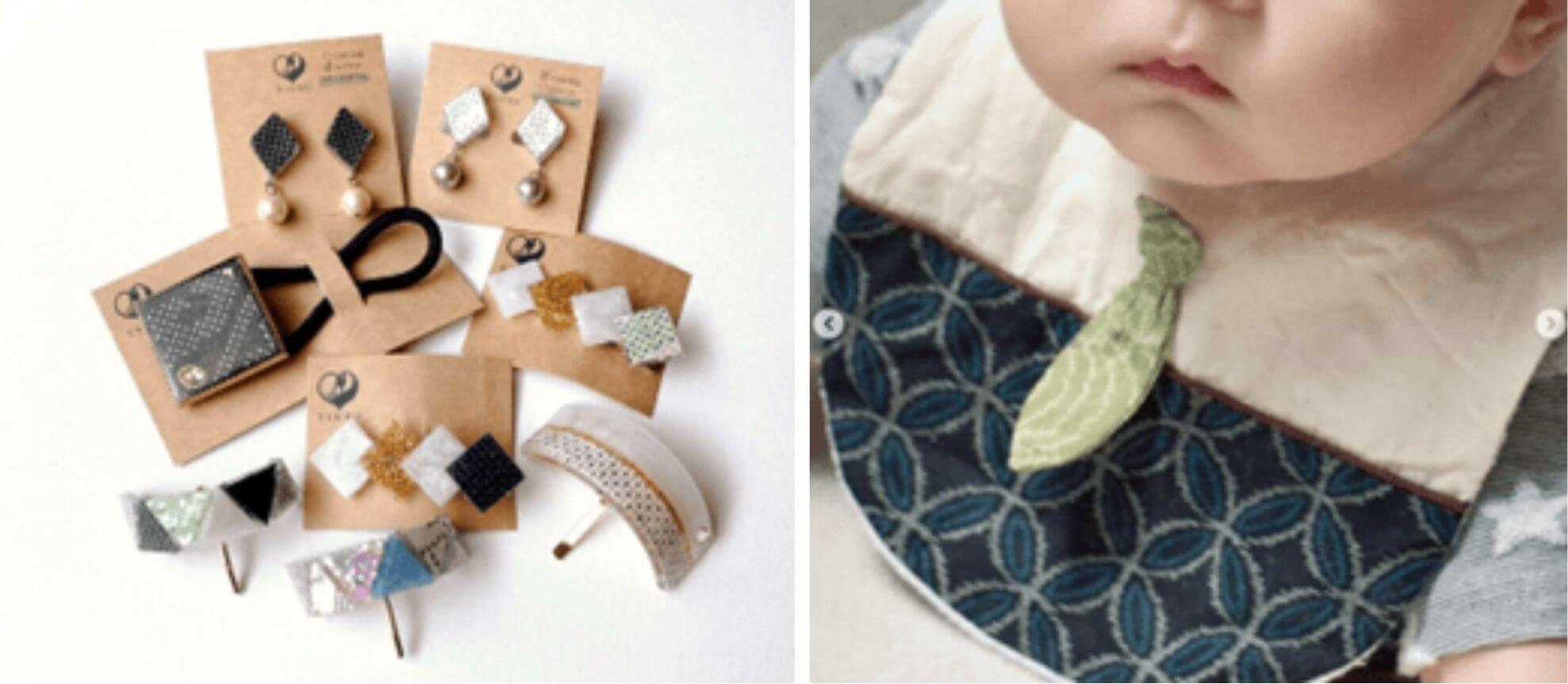
This is a work by Oshima Tsumugi weaver TSURU. The Oshima Tsumugi bibs for babies are also cute.
And one more.
One item that particularly caught my eye was Comahawai 's "Specimen Thumbtacks," a collection of decorative thumbtacks and earrings with motifs of birds, butterflies, seashells, and other objects encased in spherical, transparent resin.
Each piece is a one-of-a-kind, handmade art item, and the way they are neatly arranged in a wooden box, just like a "specimen," is a beautiful piece. When I saw Comahawai's work, various ideas came to mind: "It would be so cute to make specimen pushpins and earrings using photos of rare creatures of Amami!" and "I want to put specimen boxes containing images of Amami rabbits on display in stores as museum goods!" So I immediately contacted him to discuss product development.
We have had sales in pop-up shops at museums in the past, and we received a positive response to our participation in the development of Amami rabbit merchandise.
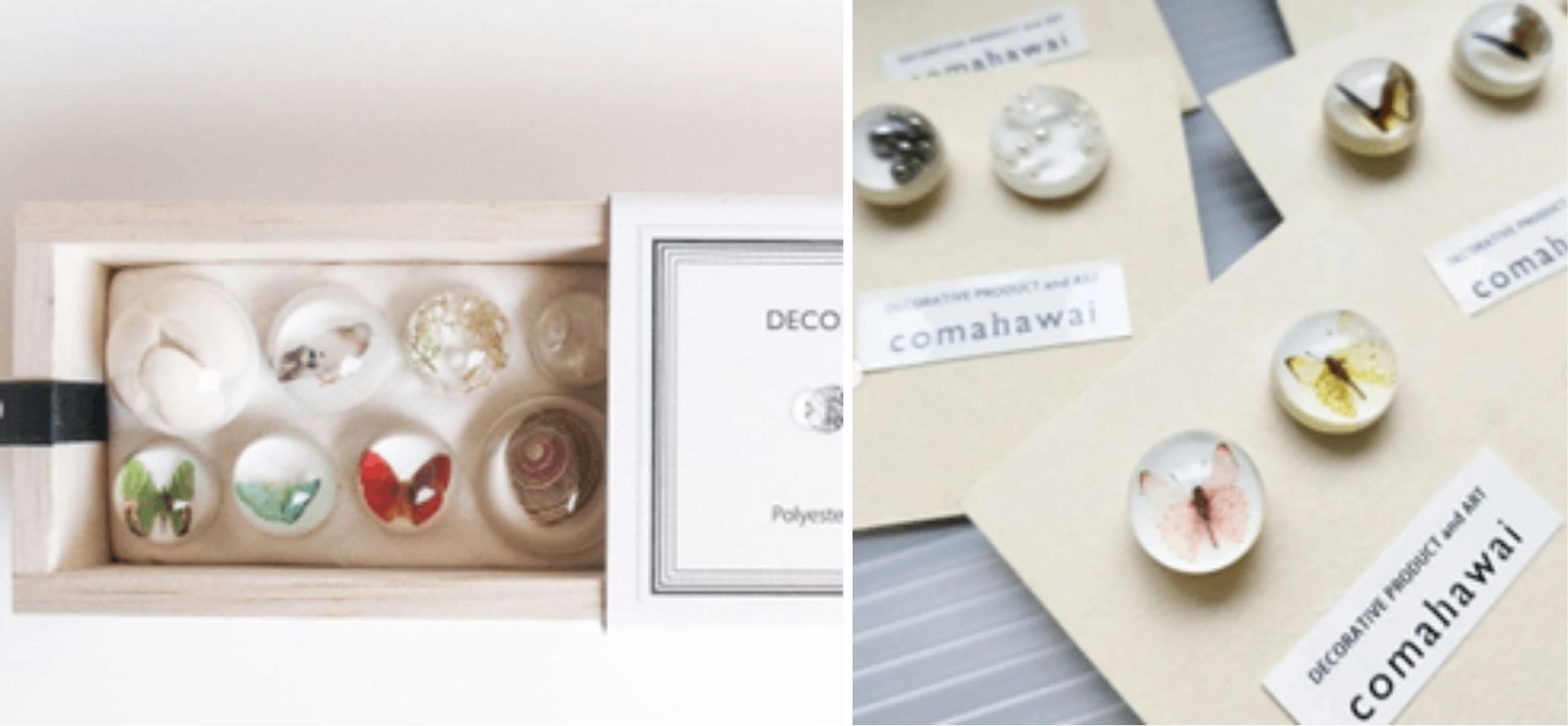 Comahawai's specimen thumbtack set and butterfly earrings. I also purchased them.
Comahawai's specimen thumbtack set and butterfly earrings. I also purchased them.
With these two professional creators on board, the development of museum goods is entering the next stage.
Let's make a prototype!
- From the Amami Rabbit Museum, merchandise creation refined through product meetings
Following a product consultation session, 23 types of products from nine businesses and Yamato Village were scheduled for sale at the pre-sale event.
While there are some plans that are OK with selling existing products as is, we are still in the process of finalizing new products and products created in collaboration with new creators from outside the island that we have contacted.
Example of tangerine peel
The first prototype was proposed as a large brown bag weighing approximately 150g.
However, when we tried it, the taste of the fresh tangerines and island brown sugar was so rich that we couldn't eat a lot. We felt that we could be satisfied with 2-3 bags. The brown bag has a simple feel that is typical of Amami, but it dulls the vibrant orange color of the tangerines, and the silver bag that was suggested next didn't look right either.
*Points for improvement
・Amami is often visited by student groups or solo travelers. The amount should be something they can have as a snack while traveling, in a rental car or hotel, or on the flight back home while remembering Amami ⇒ Set at 30g
・Some people outside the island don't know what tankan is. First, explain what tankan is ⇒ use transparent bags so that the bright orange peel, which is the appeal of tankan, stands out. Also, use a fresh photo of a tankan on the product label to visually show that it is a member of the mandarin orange family. (The photo will help people from overseas to understand.)
・Why are tankan peels being sold at the Amami rabbit museum? Let's explain the connection to the Amami rabbit ⇒ These tankan peels are grown on a farm in the Meon district of Yamato Village, where Amami rabbits live. Amami rabbits nibble at the trunks and branches of tankan trees, causing damage to agricultural produce, but Yamato Village is exploring the possibility of coexistence between Amami rabbits and humans, and tankan peels are a product that symbolizes this. By listing these stories succinctly on the product labels as local information, the museum goods will provide an educational experience.
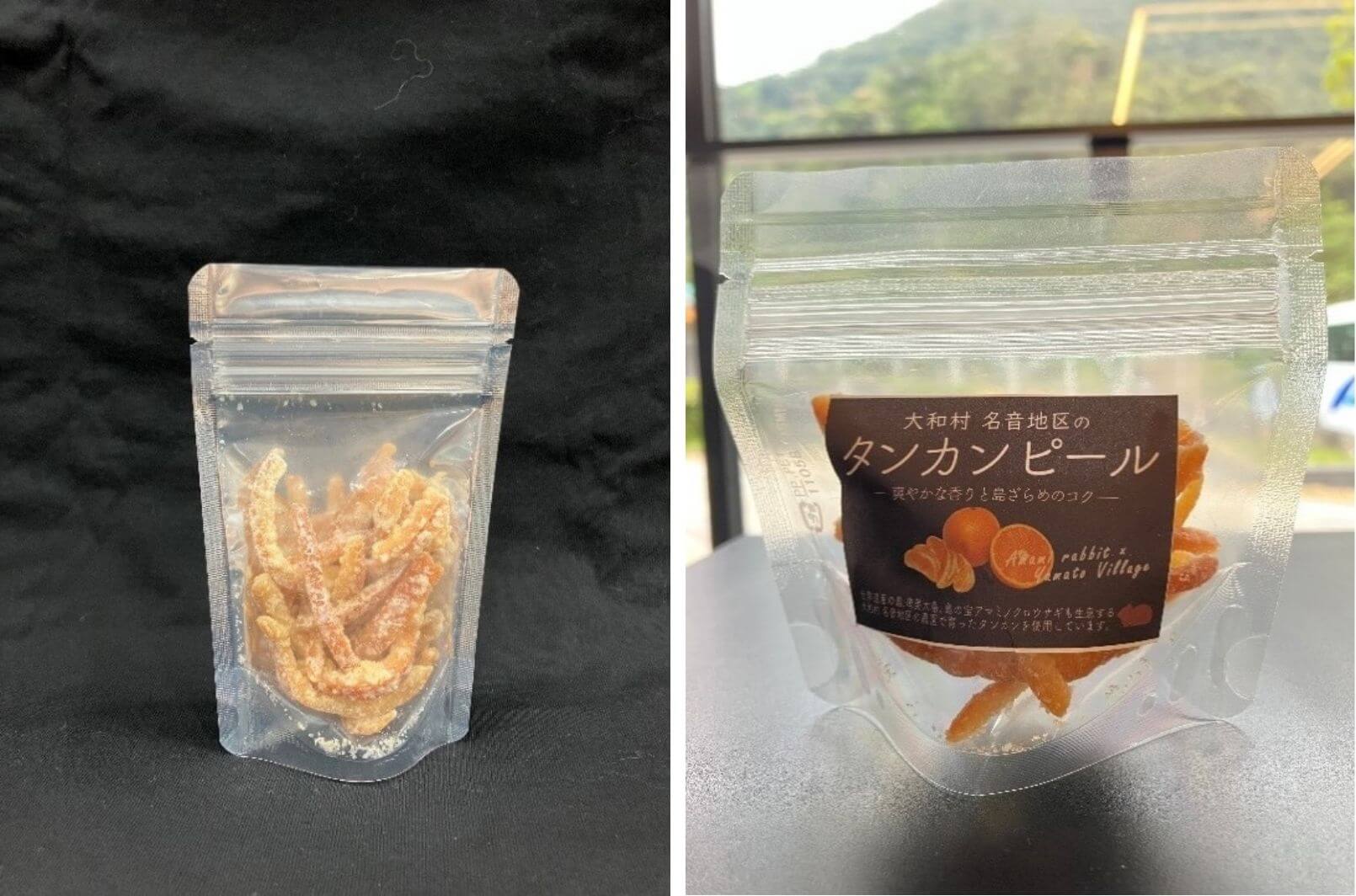 Before and after of tangerine peel
Before and after of tangerine peel
T-shirt example
This was a business that brought in ideas and said, "I want to make a Choju Jinbutsu Giga T-shirt with the Amami rabbit as the motif." First, we held an online meeting to discuss basic T-shirt specifications, such as "What is copyright?", "What kind of Choju Jinbutsu Giga T-shirts are there in the world?", and "What color should the T-shirt be?"
The concept for "Amami Choju Jinbutsu Giga" was finalized, and it was decided that the Amami rabbit and the Amamiishikawa frog would be depicted.
Next, we worked on the touch of the illustration and how to portray the characteristics of the rabbit and frog, and then we created a wonderful "Amami Choju Jinbutsu Giga" T-shirt, the like of which has never been seen in Amami before.
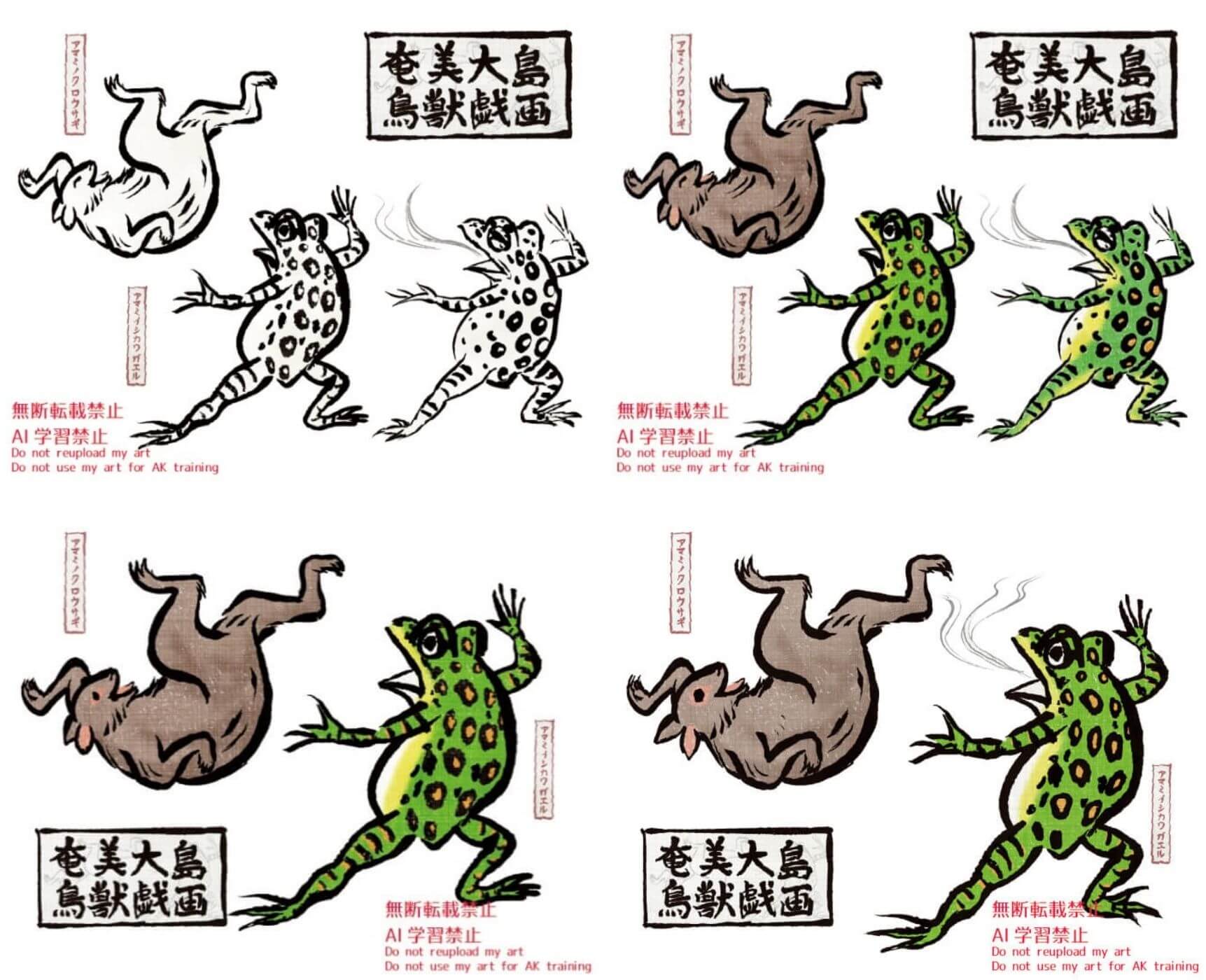 This is the evolution of the illustrations. The creatures' characteristics have become more and more prominent, and I've adjusted them to be cuter.
This is the evolution of the illustrations. The creatures' characteristics have become more and more prominent, and I've adjusted them to be cuter.
Examples of Oshima Tsumugi x Amami Rabbit Goods
TSURU's proposals included brooches, pins, earrings, hair ties, and key chains with Oshima Tsumugi embossed in the silhouette of an Amami rabbit. They also added a playful twist to the pins, hanging cotton pearls to represent "the Amami rabbit and its droppings." All of the products look cute, but because they are Oshima Tsumugi, the price per piece is a little high, even for scraps. We felt that there was a problem in how to convey the added value.
*Points for improvement
- Each product is expensive ⇒ Make the size smaller and readjust the balance between production costs and profits.
・When the brooch is actually worn, the position of the needle is low, and it appears tilted. To be able to wear it evenly, adjust the position of the needle and also change the pose of the Amami rabbit silhouette to achieve balance.
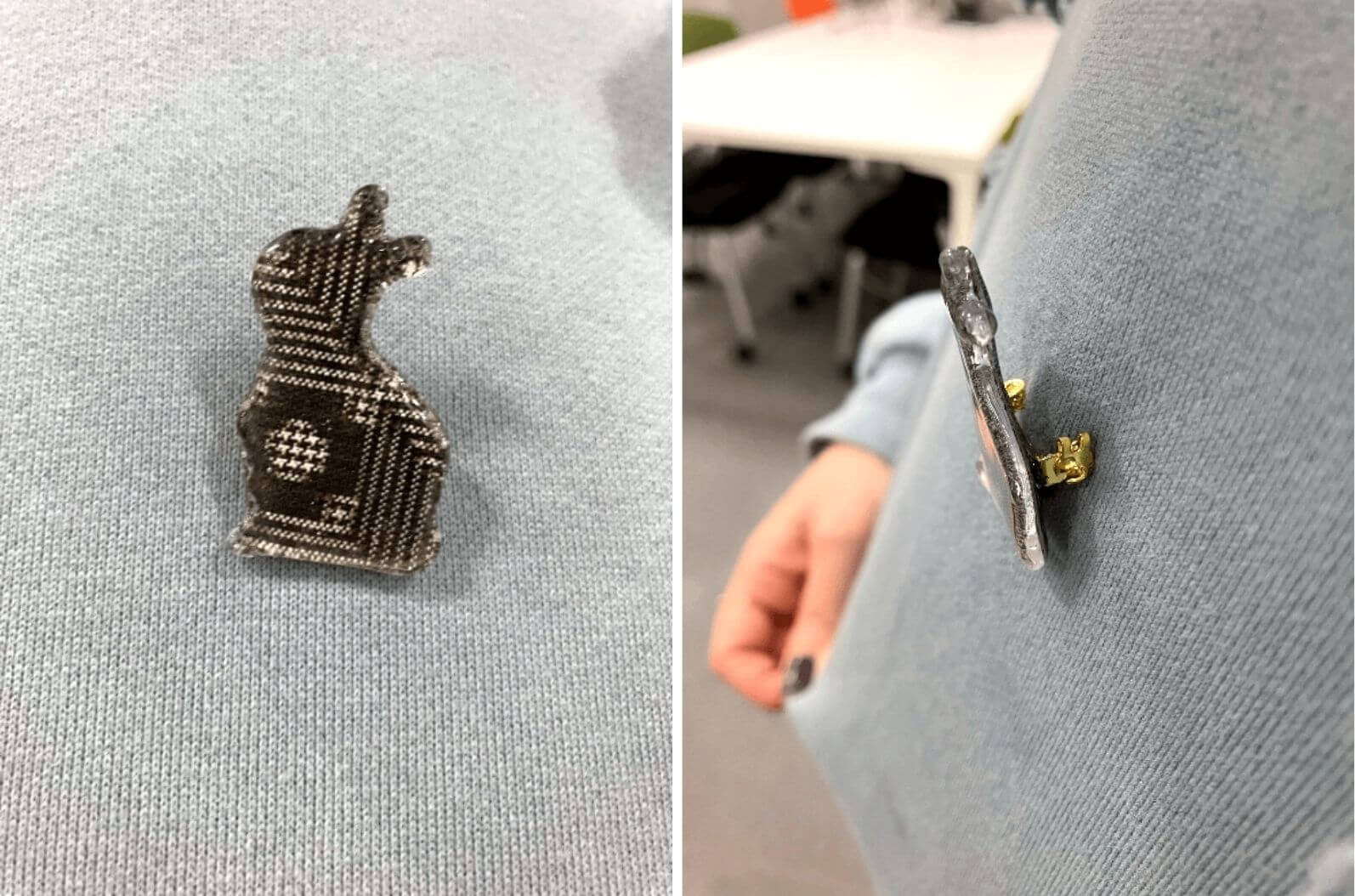
Specimen thumbtacks x Amami rabbit goods
Comahawai suggested thumb tacks and earrings featuring Amami's unique flowers, colorful birds, frogs, and the Amami rabbit.
The photographs used are those of business B (photographer), making for a local collaboration.
In particular, for the Amami rabbit, they not only used a photograph, but also drew an illustration and enclosed a few beads to express the rabbit droppings. (We are fascinated by droppings and often talk about them, so both creators remembered it lol)
*Points for improvement
- The outlines of living creatures are blurred ⇒ The image can be improved by processing the stock photo to make the outlines clearer and the colors darker.
・If we chose earrings, the number of buyers would be limited ⇒ At the pre-sale event, we focused on magnets, creating a set that anyone could easily purchase.
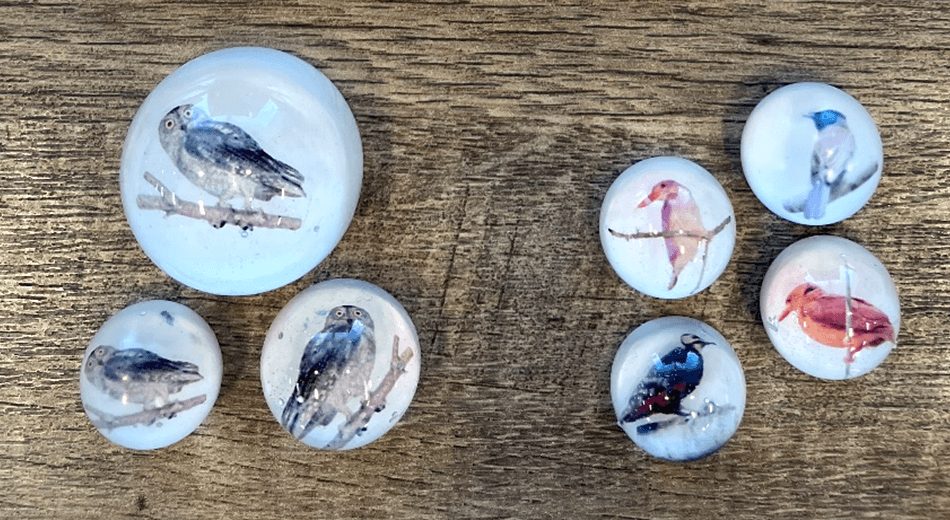
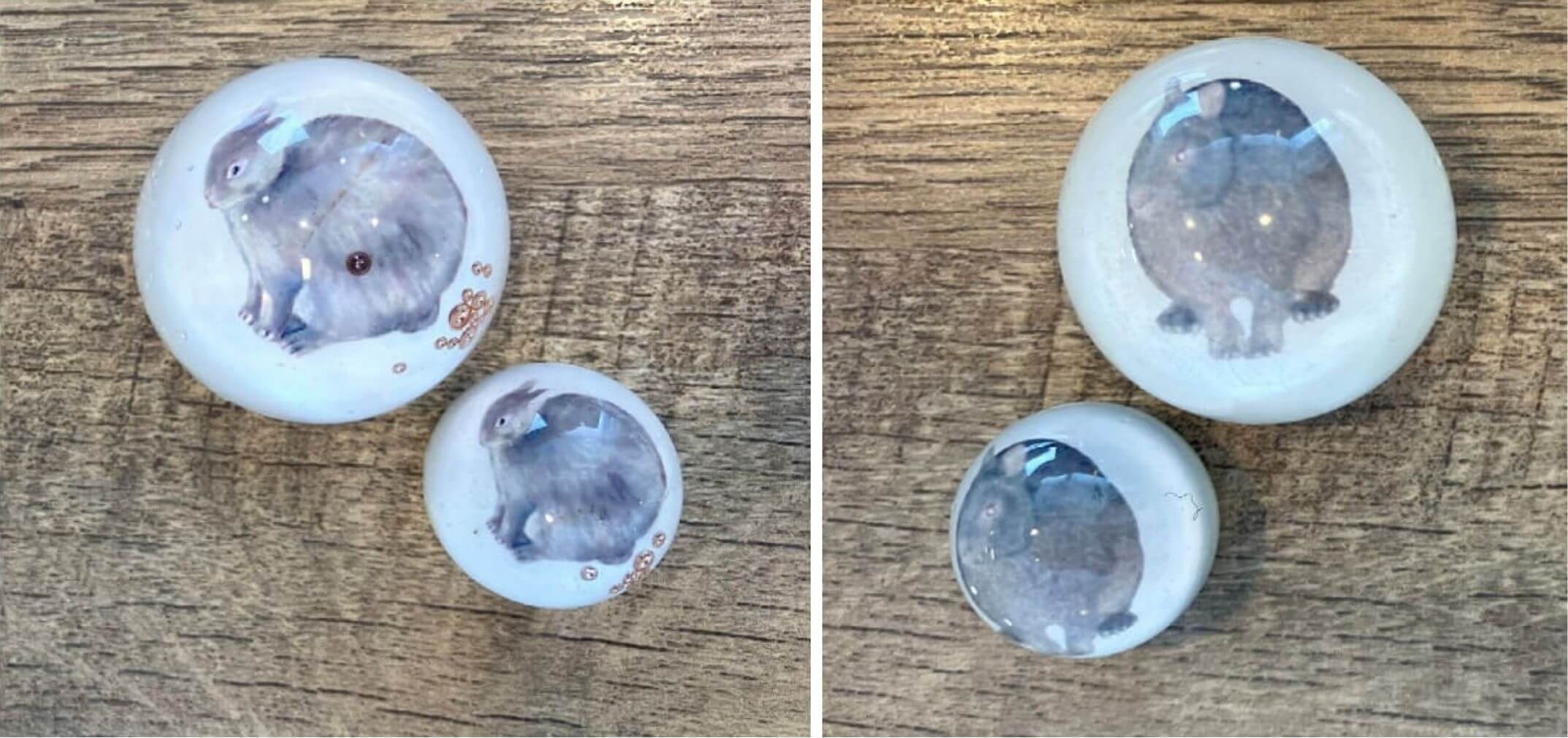
Welcome to Amaravi Marche!
- Amami rabbit merchandise, three-day limited pre-sale event begins
The pre-sale event has been called the "Amami Rabbit Marche."
The event was set to take place on the weekend of Friday, March 3rd to Sunday, March 5th, 2023. Posters were posted around the island, and announcements were made on Amami FM (Amami's community radio) and disaster prevention radio. Thanks to this, we were able to attract a wide range of visitors, from locals to tourists from outside the island, with around 200 to 300 people attending each day, far exceeding our expectations.
 Posters announcing the Amaravi Marche are posted all around the island.
Posters announcing the Amaravi Marche are posted all around the island.
 A scene from the Amaravi Marche. Yamato Village Office staff and Nomura planners also sold their products at the store!
A scene from the Amaravi Marche. Yamato Village Office staff and Nomura planners also sold their products at the store!

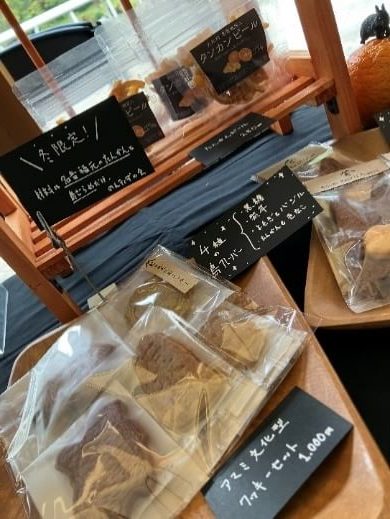
A customer survey was conducted at the venue to ask about the reasons for purchasing the product under development (good points), areas for improvement (areas for improvement), and the level of interest in Amami rabbits. The survey also included promotional activities for the museum itself, such as announcing the museum's opening.
The products were sold at the Amaravi Marche by staff from Yamato Village Office and members of NOMURA Co., Ltd., but we also encouraged the business owners who developed the products to come to the store whenever possible so that they could see customers' reactions first-hand and actually promote their products. This, we believe, led to further improvements in the quality of the products and increased participation.
While we will not go into the sales figures for each product, we received a lot of genuine feedback that can only be understood by actually selling the products, such as products that sold out on the second day, popular products that led to large purchases, products that surprised us as they were a big hit with a demographic other than the one we had anticipated as our target audience, and products that led to requests from customers saying, "We would like you to sell these products as well."
We are proud to say that this was a very successful project, based on customer reactions and sales at the pre-sale event, as well as enthusiastic feedback from business owners such as "We'd like to try something new here next time" and "We'd like to increase our product variety by the time the museum opens."
It was two years ago, but we would like to express our sincere gratitude to all the customers who visited the Amaravi Marche, those who made purchases, the Amami Oshima World Heritage Center who provided us with a sales venue, and the Yamato Village Office who helped with the three-day sale, from setting up to taking down.
Thus, the "challenge to create a virtuous cycle in which the creation of the museum will revitalize the local economy" ended with great success, helping each business operator expand their business and promoting the opening of the Amami Rabbit Breeding and Research Facility (Quru Guru).
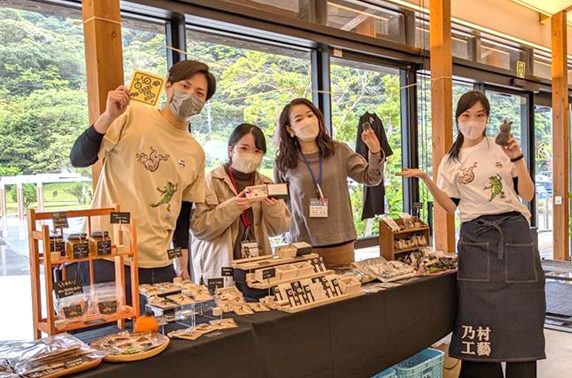
In our next issue, we will finally feature the Amami Rabbit Museum Quru Guru, which is scheduled to open in April 2025, and what kind of museum it is and what kind of experiences you can have there.
Text: Yuki Shimokuni Edited by: Yuto Ito (nomlog Editorial Department)
Like this article?
